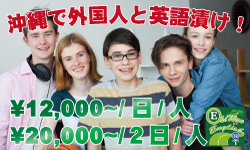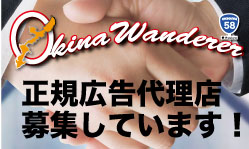2016.09.27
Roman coins found at Katsuren Castle ruins
Archaeologists digging at the ruins of Katsuren Castle in Uruma City have excavated four bronze coins among ten coin-like metal objects that an X-ray analysis has determined to be from the third and fourth century ancient Rome.
The Uruma City Board of Education that has been in charge of the excavation project and the study of the findings announced the find on Monday, stating that this is the first time ever such coins have been found in ancient ruins in Japan.
The education board said the four coins are believed to date back to the third to fourth century Roman Empire. The Katsuren Castle existed from the 12th to 15th century and became the hub of the foreign trade in the Ryukyu Kingdom. The Kingdom had extensive trading ties with China and Southeast Asian nations at that time, and the finding presents “precious historical material suggesting a link between Okinawa and the Western world,” the board said.
Each coin measures 1.6 to 2 centimeters in diameter. The designs and patterns on both sides are unclear due to abrasion, but based on X-ray analysis, the coins appear to bear an image of Roman Emperor Constantine I and a soldier holding a spear.
A coin of the 17th century Ottoman Empire, and five other round bronze pieces that appear to be coins were also found at the same site. The coin from the Ottoman Empire was likely minted in 1687, long after the army of the Ryukyu Kingdom destroyed the castle in 1458, and it was abandoned. How the coin ended up at the site is a mystery. The Katsuren Castle ruins has been registered on the World Heritage list since 2000 as part of the “Gusuku Sites and Related Properties of the Kingdom of Ryukyu.”
The coins will be on display at Uruma City Yonagusuku Historical Museum until Nov. 25.


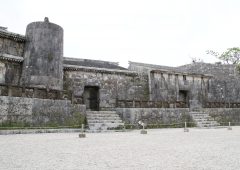 2024.07.07
2024.07.07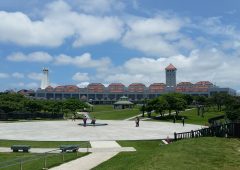 2024.06.21
2024.06.21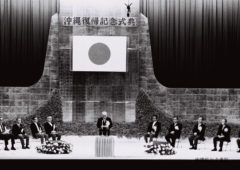 2024.05.15
2024.05.15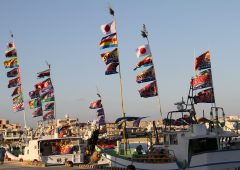 2024.02.07
2024.02.07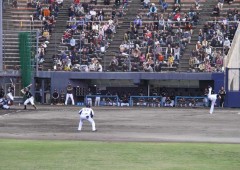 2024.01.31
2024.01.31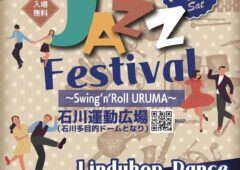 2023.11.02
2023.11.02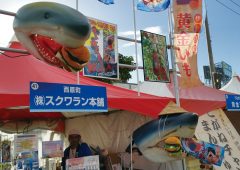 2023.10.26
2023.10.26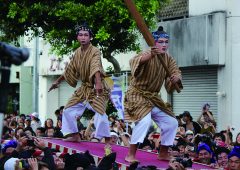 2023.09.29
2023.09.29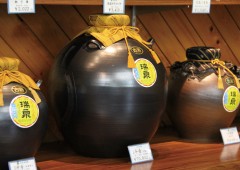 2023.09.01
2023.09.01

